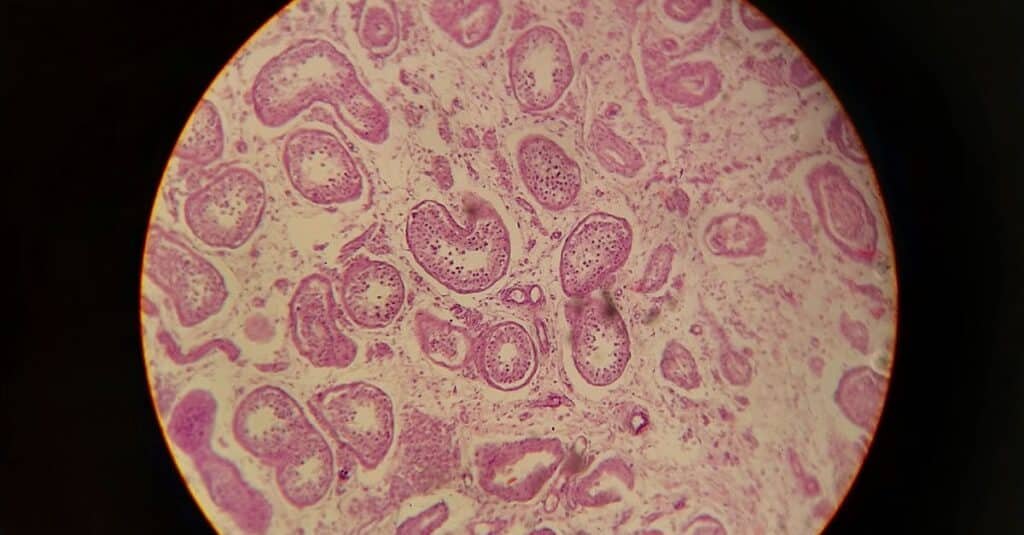HeLa: Henrietta Lacks Legacy
Henrietta Lacks Legacy is a story which is both heartbreaking and inspiring, filled with scientific breakthroughs, ethical controversies, and a family’s enduring legacy.
In the rolling hills of rural Virginia, on a modest tobacco farm, Henrietta Lacks was born in 1920. She was one of ten siblings, raised in a tight-knit family bound by hardship and faith. Henrietta’s life was not one of privilege but of perseverance. Like many African Americans of her time, she faced the systemic challenges of Jim Crow segregation, limited access to education, and unrelenting poverty. Yet, despite these struggles, Henrietta’s spirit shone bright. Her laughter could light up a room, her kindness touched everyone she met, and her resilience inspired her family and friends.
Henrietta married her first cousin, David “Day” Lacks, and together they built a life in Turner Station, a small African American community outside Baltimore, Maryland. They had five children: Lawrence, Elsie, David Jr., Deborah, and Joseph. Henrietta was a devoted mother, fiercely protective of her children. She worked tirelessly to provide for her family, balancing work in the tobacco fields and household duties while navigating a world steeped in racial inequality.
In 1951, at just 31 years old, Henrietta visited the segregated Johns Hopkins Hospital in Baltimore. She had been experiencing pain and unusual bleeding, and a large tumor was found on her cervix. Dr. Howard Jones, a gynecologist, diagnosed her with cervical cancer. The news was devastating. Henrietta began treatment using the best available methods of the time, which included radiation therapy. During one of her treatments, without her knowledge or consent, doctors took a small sample of her cancerous tissue.
This seemingly ordinary biopsy would change the course of medical history.
At the time, scientists were desperately trying to grow human cells outside the body for research, but all previous attempts had failed. Cells would die within days, making long-term study impossible. Henrietta’s cells, however, were different. They didn’t just survive; they thrived. Her cells doubled every 20 to 24 hours, becoming the first human cells to grow and reproduce indefinitely in a laboratory. Scientists named them “HeLa” cells, a nod to the first two letters of Henrietta’s first and last names. But Henrietta was never informed, and her family wouldn’t learn about her immortal cells until decades later.
Henrietta’s cancer spread rapidly, and on October 4, 1951, she passed away at the young age of 31. Her family buried her in an unmarked grave in Virginia, unable to afford a headstone. While her loved ones grieved, her cells continued to revolutionize science.
Read More about clostridium butyricum benefits
The HeLa Legacy
HeLa cells became the cornerstone of countless medical breakthroughs. They were instrumental in developing the polio vaccine, advancing cancer treatments, and contributing to research on AIDS, gene mapping, and in vitro fertilization. Her cells even traveled to space to study the effects of zero gravity on human biology. HeLa cells saved millions of lives, yet Henrietta’s contribution remained largely unknown, and her family saw no recognition or compensation.
It wasn’t until the 1970s that the Lacks family discovered Henrietta’s cells were still alive. Scientists had begun using her family members to study genetic markers without fully explaining why. When reporters and researchers began piecing together the origins of HeLa cells, the Lacks family’s private grief was thrust into the public eye. They were overwhelmed, confused, and deeply hurt by the lack of transparency and consent.
Henrietta’s daughter, Deborah Lacks, became a fierce advocate for her mother’s legacy. Despite her own struggles with health issues and limited education, Deborah sought to understand the scientific and ethical complexities surrounding HeLa cells. Her journey was one of anger, sorrow, and hope—a quest to restore dignity to her mother’s name and to ensure that her family’s story was told.
In 2010, journalist Rebecca Skloot published The Immortal Life of Henrietta Lacks, a book that brought global attention to Henrietta’s story. It highlighted not only her profound contribution to science but also the ethical injustices her family endured. The book sparked widespread discussions about medical ethics, patient rights, and the intersection of race and science. For more information, visit Rebecca Skloot’s website.
The American Civil Liberties Union (ACLU) emphasizes the profound ethical lessons of Henrietta Lacks’s story. Her case underscores the importance of patient rights, informed consent, and ethical research practices. As the ACLU discusses in their article, Henrietta’s story continues to inspire reforms in how patients are treated and how their biological contributions are valued. It serves as a powerful reminder that behind every scientific breakthrough are human lives and stories deserving of dignity and respect. For more insights, visit ACLU’s article on Henrietta Lacks.
Honoring Henrietta’s Memory
Today, Henrietta Lacks is celebrated as a hero of modern medicine. Her story has inspired reforms in medical research, emphasizing the importance of informed consent and ethical treatment of patients. The Lacks family continues to advocate for equity and justice, ensuring that Henrietta’s legacy is preserved for future generations.
In 2021, 70 years after her death, the World Health Organization posthumously honored Henrietta Lacks, recognizing her unparalleled contribution to science and humanity. Statues and plaques have been erected in her memory, and scholarships and research initiatives now bear her name. Her descendants carry her story forward, a testament to the enduring power of one woman’s cells—and her life.
Henrietta Lacks’s tale is one of triumph and tragedy, a story that reminds us of the humanity behind scientific progress. Her cells may be immortal, but it is her unwavering spirit and the love of her family that continue to inspire the world.

In 2017, Henrietta’s story was brought to life in the critically acclaimed HBO movie The Immortal Life of Henrietta Lacks, starring Oprah Winfrey as Deborah Lacks. The film, based on Rebecca Skloot’s best-selling book, beautifully portrays the struggles of Henrietta’s family as they uncover the truth about her cells and their impact on science. The movie sheds light on the ethical and emotional challenges faced by the Lacks family while honoring Henrietta’s legacy. To learn more about the film, visit The Immortal Life of Henrietta Lacks on IMDb.
HeLa cells have been instrumental in numerous life-changing innovations, including the development of the Covid-19 vaccine, and continue to inspire future scientific breakthroughs. HeLa cells have played a pivotal role in a wide range of scientific advancements, including the creation of the Covid-19 vaccine, demonstrating their ongoing influence and potential for future discoveries.
See our post Workout routine for busy professionals\
Henrietta Lacks’s remarkable cells, known as HeLa cells, have revolutionized various aspects of scientific research. They played a crucial role in chromosome mapping, enabling scientists to unravel the mysteries of genetic inheritance. Furthermore, HeLa cells were instrumental in the development of the HPV vaccine, saving countless lives from the grips of cervical cancer. Additionally, they were instrumental in the study and eradication of polio, paving the way for a polio-free world. The enduring impact of HeLa cells is a testament to Henrietta Lacks’s indomitable spirit and her family’s enduring legacy.
For further innovation articles see our article on Robotic Surgery.





Pingback: Prevent Chronic Disease with More Physical Activity
Pingback: Escalators: Hidden Dangers in Malls & Subways
Pingback: Nature Therapy The Health Benefits of Spending Time Outdoors